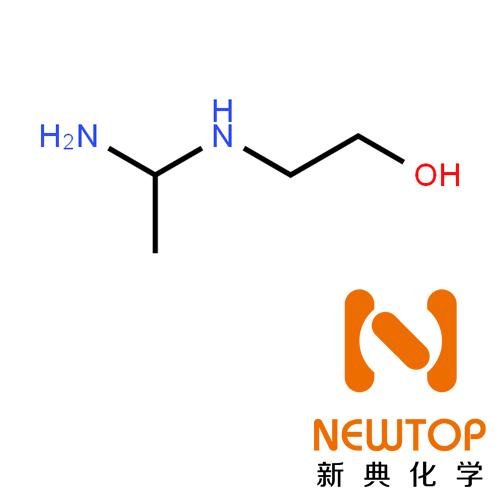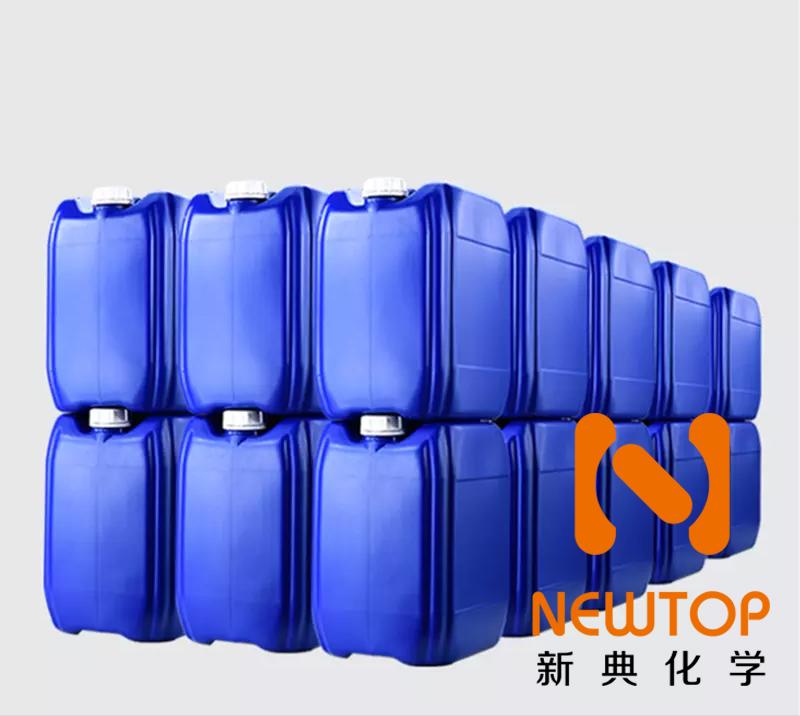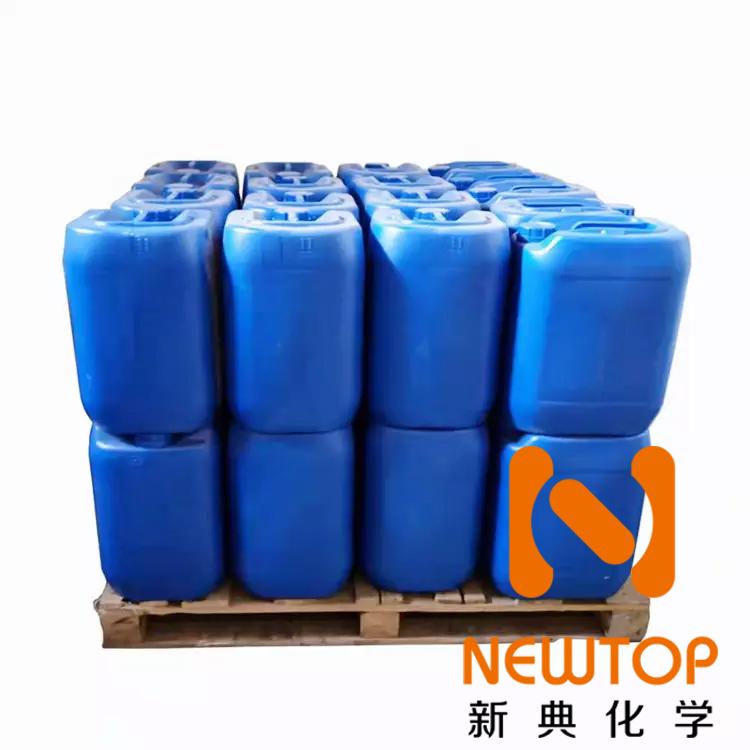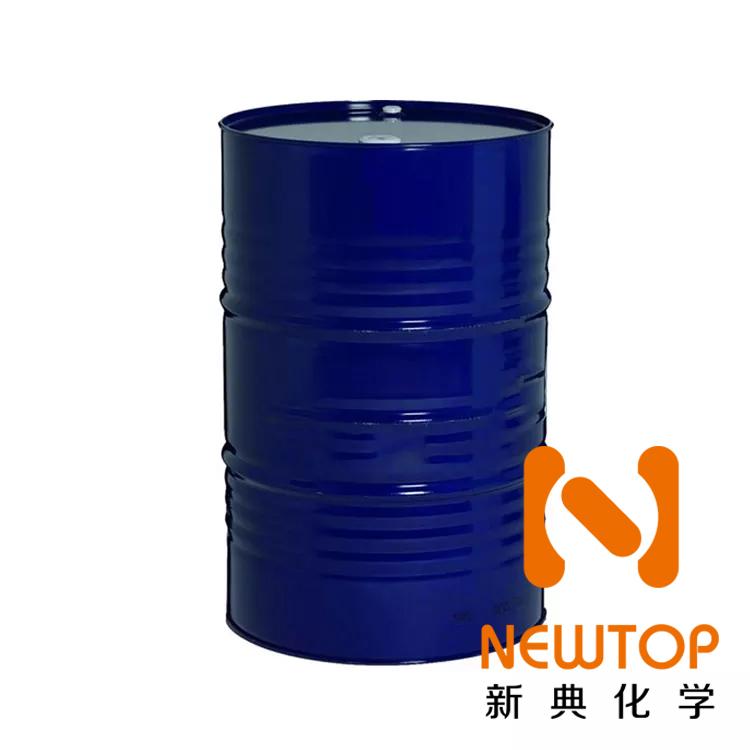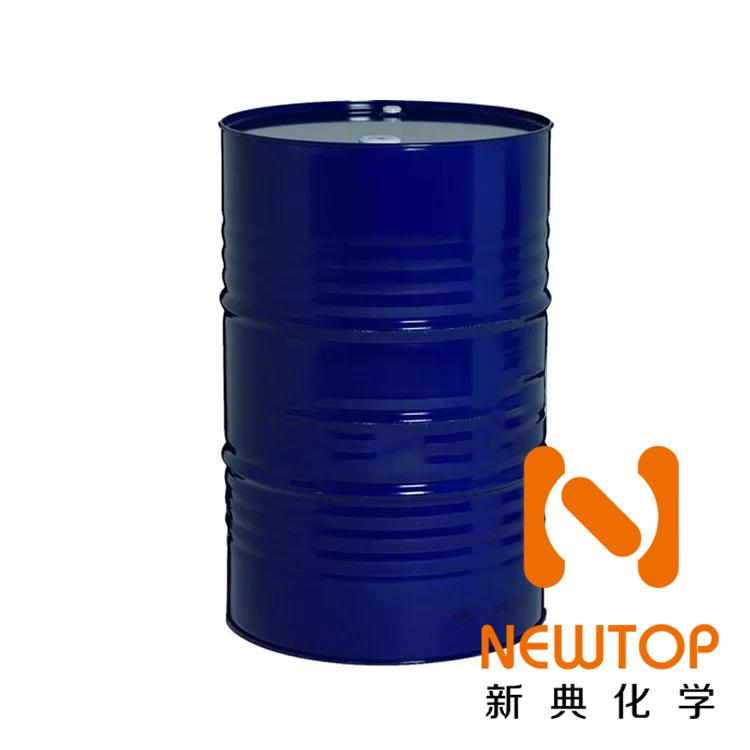AEEA 2-(2-aminoethylamino)ethanol CAS111-41-1
Rm1104 ,No. 258, West SongXing Road, BaoShan District, Shanghai, China.
Financial Services
AEEA 2-(2-aminoethylamino)ethanol CAS111-41-1
AMINOETHYLETHANOLAMINE (AEEA)
CAS: 111-41-1
Overview:
IUPAC name: 2-(2-aminoethylamino)ethanol
Other Chimical Names: 2-(2-AMINOETHYLAMINO)ETHANOL;AMINOETHYLETHANOLAMIN;AMINOETHYLETHANOLAMINE;AMINOETHYETHANOLAMINE;AEEA;HYDROXYETHYL-ETHYLENEDIAMINE;LABOTEST-BB LTBB000455;N-HYDROXYETHYL-1,2-ETHANEDIAMINE
MF: C4H12N2O
MW: 104.15
CAS: 111-41-1
Physical and Chemical Properties:
Physical state (25°C): viscous liquid
Colour: Colorless
Boiling point/range: 243°C/1013hPa
Flash Point: 132℃/1013hPa
Viscosity: 141mPa.s@20℃
Relative density: 1.026g/cm3@25℃
Solubility(ies): Water Soluble
Features and uses:
AMINOETHYLETHANOLAMINE (AEEA) CAS: 111-41-1 contains primary and secondary amines
Linear molecular structure of groups. AEEA is a colorless liquid, have higher viscosity than ethylenediamine
(EDA) and diethylenetriamine (DETA) . AMINOETHYLETHANOLAMINE (AEEA) has unique properties and is commonly used in the production of detergents, fabric softeners
Chemical intermediates for agents, chelating agents, fuel additives and coatings.
Storage Information:
Store in a cool and ventilated warehouse. Keep away from fire and heat source. Keep out of direct sunlight. Keep the container sealed. It should be stored separately from oxidants and edible chemicals, and avoid mixed storage. Fire fighting equipment of corresponding variety and quantity shall be provided. The storage area shall be equipped with leakage emergency treatment equipment and suitable storage materials.
Package:
200KG/Plastic Bucket
https://www.newtopchem.com/archives/39156
AMINOETHYLETHANOLAMINE (AEEA)
CAS: 111-41-1
Overview:
IUPAC name: 2-(2-aminoethylamino)ethanol
Other Chimical Names: 2-(2-AMINOETHYLAMINO)ETHANOL;AMINOETHYLETHANOLAMIN;AMINOETHYLETHANOLAMINE;AMINOETHYETHANOLAMINE;AEEA;HYDROXYETHYL-ETHYLENEDIAMINE;LABOTEST-BB LTBB000455;N-HYDROXYETHYL-1,2-ETHANEDIAMINE
MF: C4H12N2O
MW: 104.15
CAS: 111-41-1
Physical and Chemical Properties:
Physical state (25°C): viscous liquid
Colour: Colorless
Boiling point/range: 243°C/1013hPa
Flash Point: 132℃/1013hPa
Viscosity: 141mPa.s@20℃
Relative density: 1.026g/cm3@25℃
Solubility(ies): Water Soluble
Features and uses:
AMINOETHYLETHANOLAMINE (AEEA) CAS: 111-41-1 contains primary and secondary amines
Linear molecular structure of groups. AEEA is a colorless liquid, have higher viscosity than ethylenediamine
(EDA) and diethylenetriamine (DETA) . AMINOETHYLETHANOLAMINE (AEEA) has unique properties and is commonly used in the production of detergents, fabric softeners
Chemical intermediates for agents, chelating agents, fuel additives and coatings.
Storage Information:
Store in a cool and ventilated warehouse. Keep away from fire and heat source. Keep out of direct sunlight. Keep the container sealed. It should be stored separately from oxidants and edible chemicals, and avoid mixed storage. Fire fighting equipment of corresponding variety and quantity shall be provided. The storage area shall be equipped with leakage emergency treatment equipment and suitable storage materials.
Package:
200KG/Plastic Bucket
https://www.newtopchem.com/archives/39156
AEEA 2-(2-aminoethylamino)ethanol CAS111-41-1
AMINOETHYLETHANOLAMINE (AEEA)
CAS: 111-41-1
Overview:
IUPAC name: 2-(2-aminoethylamino)ethanol
Other Chimical Names: 2-(2-AMINOETHYLAMINO)ETHANOL;AMINOETHYLETHANOLAMIN;AMINOETHYLETHANOLAMINE;AMINOETHYETHANOLAMINE;AEEA;HYDROXYETHYL-ETHYLENEDIAMINE;LABOTEST-BB LTBB000455;N-HYDROXYETHYL-1,2-ETHANEDIAMINE
MF: C4H12N2O
MW: 104.15
CAS: 111-41-1
Physical and Chemical Properties:
Physical state (25°C): viscous liquid
Colour: Colorless
Boiling point/range: 243°C/1013hPa
Flash Point: 132℃/1013hPa
Viscosity: 141mPa.s@20℃
Relative density: 1.026g/cm3@25℃
Solubility(ies): Water Soluble
Features and uses:
AMINOETHYLETHANOLAMINE (AEEA) CAS: 111-41-1 contains primary and secondary amines
Linear molecular structure of groups. AEEA is a colorless liquid, have higher viscosity than ethylenediamine
(EDA) and diethylenetriamine (DETA) . AMINOETHYLETHANOLAMINE (AEEA) has unique properties and is commonly used in the production of detergents, fabric softeners
Chemical intermediates for agents, chelating agents, fuel additives and coatings.
Storage Information:
Store in a cool and ventilated warehouse. Keep away from fire and heat source. Keep out of direct sunlight. Keep the container sealed. It should be stored separately from oxidants and edible chemicals, and avoid mixed storage. Fire fighting equipment of corresponding variety and quantity shall be provided. The storage area shall be equipped with leakage emergency treatment equipment and suitable storage materials.
Package:
200KG/Plastic Bucket
https://www.newtopchem.com/archives/39156
Type
New
Price
$10 (USD)
Status
In stock
0 Comments
0 Shares


